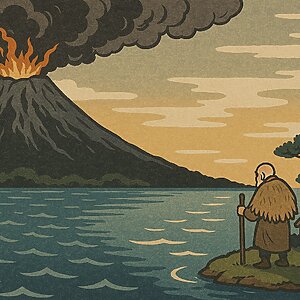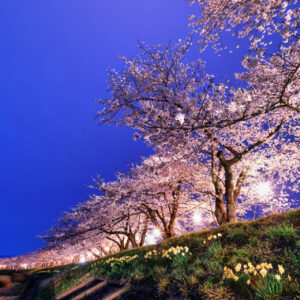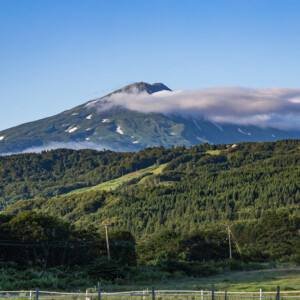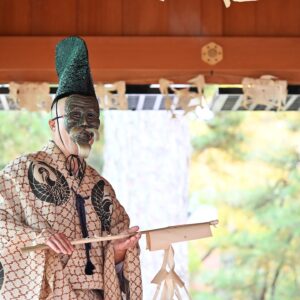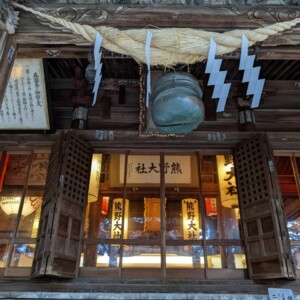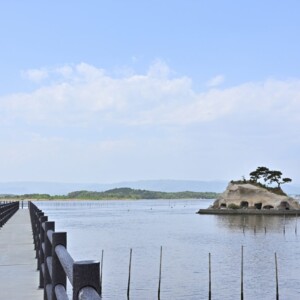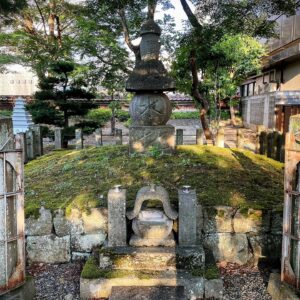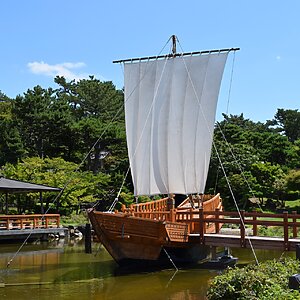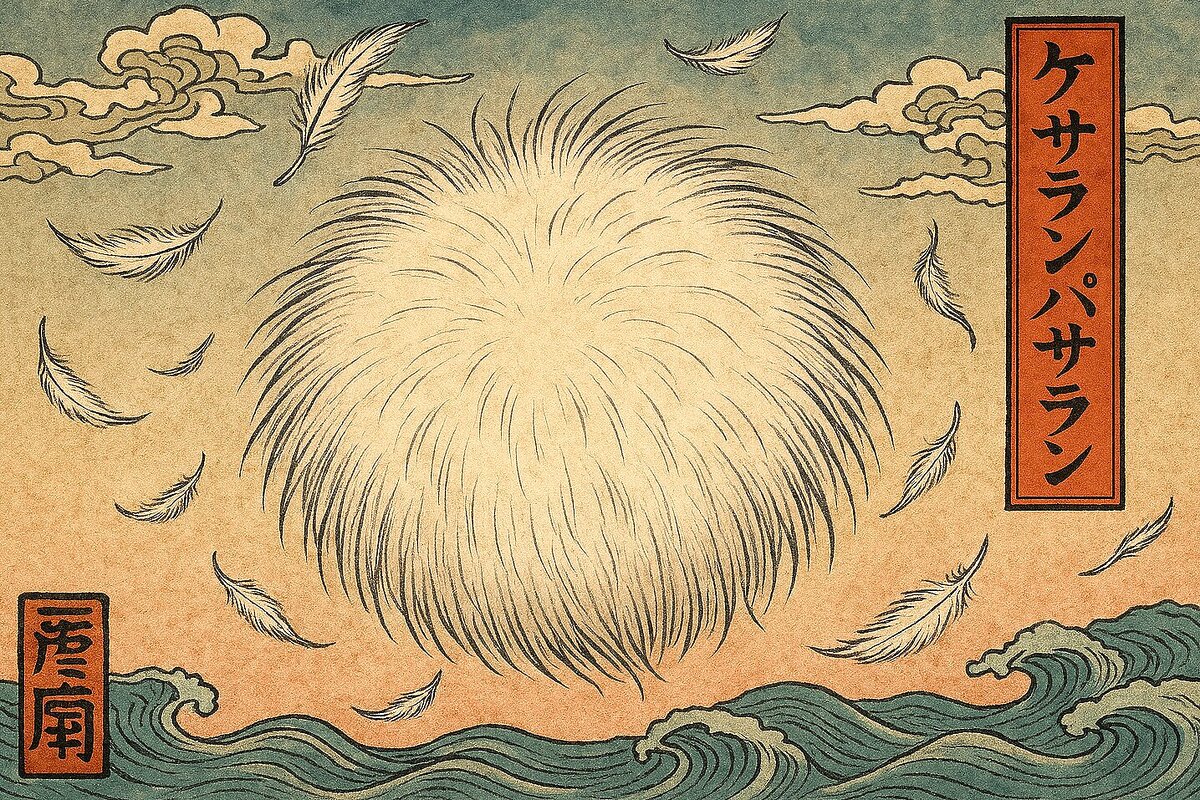
What is quesarampasaran? A detailed explanation of mysterious objects that bring good fortune [Yamagata Prefecture]
table of contents
Kesarampasaran is said to bring happiness to those who hold it, there are surprisingly many people who don't know whether it is actually a living thing or a plant.
In this article, we will explain in detail Kesarampasaran, which has a deep connection to Yamagata.
Kesarampasaran ?
Kesarampasaran is one of the UMAs (unidentified creatures) that fall from the sky near shrines and trees from February to March and is called gossamer or angel hair is considered to be similar.
Their true identity is thought to be plants, animals, minerals, or insects, and 38 have been confirmed in Tsuruoka City, Yamagata Prefecture.
It was exhibited for a limited time until August 20th at the Yamagata Prefectural Museum in 2015, and is now on permanent display in the freshwater and saltwater fish corner of the Tsuruoka City Kamo Aquarium.
Kesarampasaran is said to bring the following to the person who holds it.
- I don't have to worry about what to wear
- don't get sick
- get rich
that it is placed in a paulownia wood box along with powder, which is said to be food, and is enshrined at a Shinto altar.It is said that it should only be seen once a year, as it will bring good fortune away
Reference: Yamagata Prefectural Museum “Tensara Basara (Kesarampasaran) is on display for a limited time”
Reference: Tsuruoka City Kamo Aquarium Official Homepage
Origin of the name Kesarampasaran
Kesarampasaran is a name with a strange sound that doesn't really sound like Japanese, but what is the origin of the name?
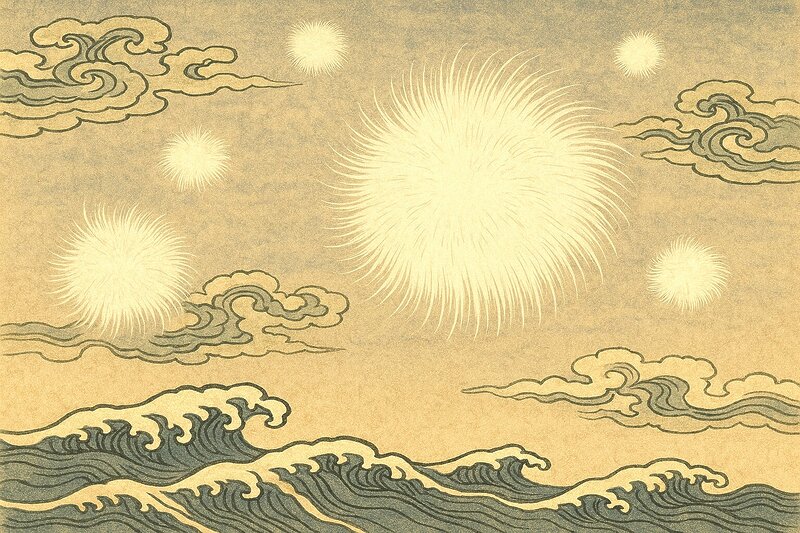
There are various theories, so I will introduce some of them.
- Derived from the Spanish word "Que Será, Será" which means "to become"
- Originated from "tensarabasara" which means falling from the sky
- Originates from the Sanskrit word ``Kesara, Basara''
- Originates from a word in the dialect of the Tohoku region that means "I have no idea what it is."
- The name comes from its dry, feather-like appearance.
Each theory has some plausibility, but it is not clear which one is correct.
Research on Kesarampasaran
Perhaps because the identity and origin of the name Kesarampasaran are unclear, it has long been a subject of study for folklorists.
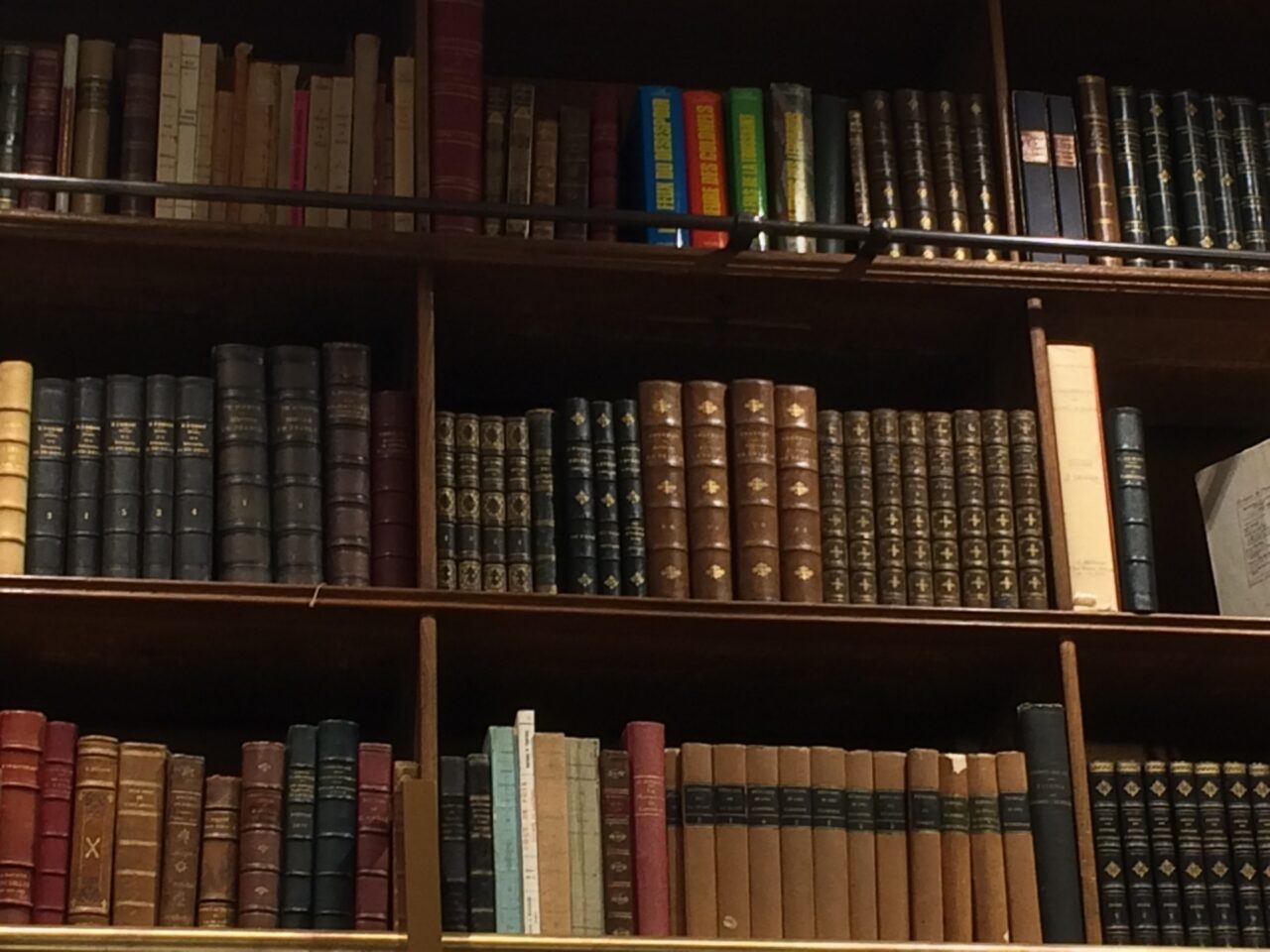
``Tensarabasara'' published by Mitsutami Sato in ``Folklore'', a journal of the Japan Folklore Society, published in 1952 , contains three stories handed down in Yamagata, so I have summarized them in a table. Ta.
|
A place where I could hear the story |
speaker |
Summary of the story |
|
Nenjuseki Village, Nishidagawa District, Yamagata Prefecture |
Yasobei |
・ Tensara Basara is a gift from heaven, and if you keep it, the family will be happy. ・Caught flying 1m above the ground in 1903 ・There was a series of misfortunes in which it was lost during the renovation of the storehouse. |
|
Nenjuseki Village, Nishidagawa District, Yamagata Prefecture |
Taroshichi |
・I picked it up in front of my house the day after a big thunderstorm struck around 1930. ・There are 2, approximately 1.8cm in diameter. |
|
Nenjuseki Village, Nishidagawa District, Yamagata Prefecture |
Sato |
・A gift from heaven that fell with thunder -Pure white, round, shaped like the tip of a rabbit's tail, about the size of an azuki bean, and has dense hair. - Grows by eating white flour ・There are good things about having children and having more children. |
Kunio Yanagita on "folklore," but the focus was mainly on the origin introduced in the previous section, and it was not clear what Kesarampasaran itself was. There wasn't.
After that, in the 1970s and 1980s, it was featured in media such as Asahi Shimbun, NHK, and TBS, and the so-called "Kesarampasaran boom" started.
However, in the 1990s, the boom subsided, and the classification of Kesarampasaran was proposed as follows.
① Mr. Kazuo Aso's classification
- Crown hair of type I “Kesarampasaran” plant
- Type II “Tensara Basara” Dried animal skin with hair on it
- Type III “Heisarabasara” animal stones
- Type IV "Keshi pearls" modified pearls and modified minerals
② Classification of Kesaran Pasaran, Dot, and Komu
- plant type
- animal type
- mineral type
- insect types
- New types (angel wings, etc.)
Now that scientific classification has become possible, we can say that the true identity of Kesarampasaran has become clear to some extent.
However, Yoshiyuki Iikura, an associate professor at Kokugakuin University, stated in his paper, ``The specter of 'naming' and 'knowledge','' that people are attracted to Kesarampasaran because of their desire to believe in ``something that cannot be divided by science.'' It has been explained that this may be the reason.
As long as we have this feeling, Kesarampasaran will continue to entertain us as an ``unidentified creature.''
Reference: Yoshiyuki Iikura “The monster phenomenon of “naming” and “knowledge””
Reference: International Research Center for Japanese Studies, Mystery and Yokai Lore Database “Tensara Basara”
summary
Kesarampasaran is one of the unidentified creatures that falls from the sky at shrines and under trees from February to March, and it is said that carrying one will bring good luck.
If you want to see the real thing, be sure to visit the Tsuruoka City Kamo Aquarium.


!["Mogami safflower" certified as a Japanese heritage and Japanese agricultural heritage [Yamagata Prefecture] Mogami safflower](https://jp.neft.asia/wp-content/uploads/2022/12/30121446_m-1-150x150.jpg)
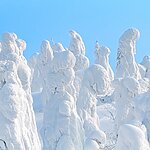
![[Tsuruoka City, Yamagata Prefecture] Tsuruoka's food culture has been passed down for hundreds of years 1470_Zenpoji Temple](https://jp.neft.asia/wp-content/uploads/2023/04/2d6b75e2500adfb8f7b8e6c68a2f7a03-150x150.jpg)
![[Yonezawa City, Yamagata Prefecture] Visit a hot spring connected to the Uesugi family of the Yonezawa Domain 1530_Onogawa Onsen Foot bath](https://jp.neft.asia/wp-content/uploads/2023/05/4ed5d5851f7d92ca3b0ebed3220d6418-150x150.jpg)
![[Yamagata Prefecture] Walking through Tokamachi and Nanokamachi in Yamagata City, where the scent of the Edo period remains Yamagata city from Kasumi Castle Central Observation Room](https://jp.neft.asia/wp-content/uploads/2023/09/26303875_m-150x150.jpg)
![[Yamagata Prefecture] 3 famous waters in Yamagata Prefecture! Yamagata Prefecture is home to blessed water created by snow, mountains, and forests. Yamagata Falls](https://jp.neft.asia/wp-content/uploads/2023/02/9b639100f52e30365f8499a2f4657724-150x150.jpg)
![Has even a wealthy merchant with more wealth than the feudal lord appeared? Sakata's port that was moistened by Kitamae Ship [Yamagata Prefecture] Kitamae boat at Hiyoriyama Park](https://jp.neft.asia/wp-content/uploads/2023/04/4631946_m-150x150.jpg)
![It's so big that the main castle is hazy and you can't see! Yamagata Castle, known as Kasumi Castle [Yamagata Prefecture] Yamagata Castle's main castle, Ichimonji gate](https://jp.neft.asia/wp-content/uploads/2023/08/3261071_m-150x150.jpg)
